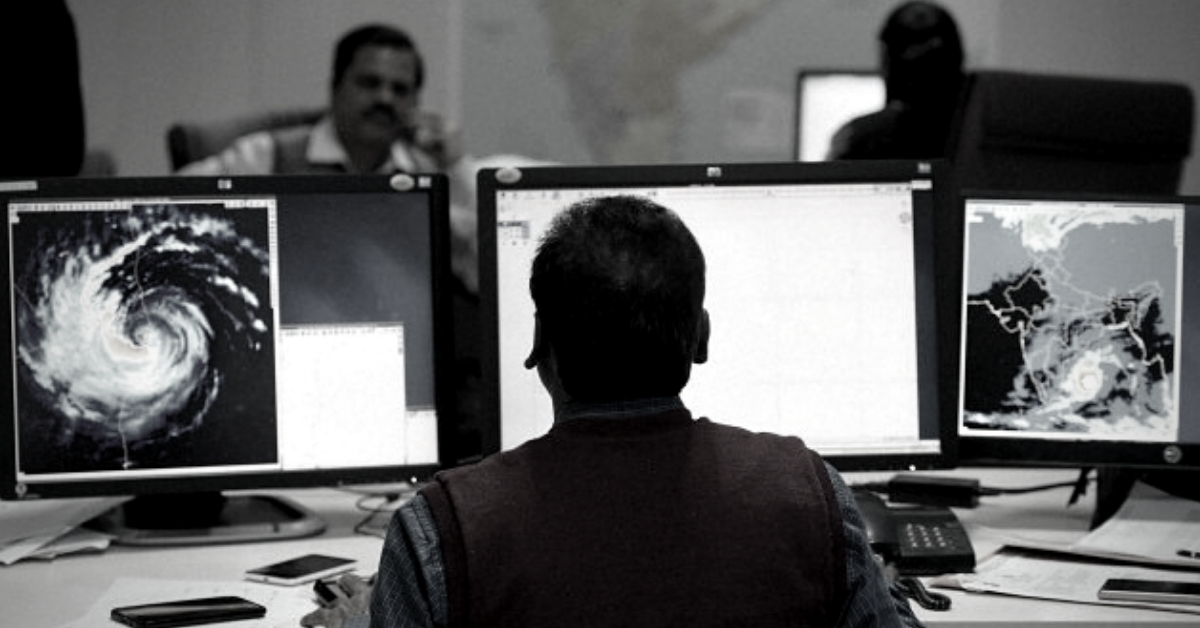Speaking at an event in the national capital, KJ Ramesh, the Director General of the Indian Meteorological Department, said that his organisation had developed a new technology which will assess the impact of downpours over water levels in rivers and reservoirs.
“This will allow State governments to monitor the impact of rainfall,” he said while discussing the devastating Kerala floods at an event organised by the Centre for Science and Environment, reports Press Trust of India. The IMD chief referred to it as an “Impact Based Forecasting Approach,” which can present a “pre-event scenario,” and believes it will assist governments on the ground to make real-time decisions.
“We should be able to generate a scenario where we can take decisions to release water or not release it. It will be helpful for every state authority to take a decision. We can run this system in a pre-event scenario. We are now in a position to use to this technology into service,” he added.
Over the course of a fortnight, which came to an end on August 21, Kerala witnessed relentless heavy showers resulting in floods and landslides that killed approximately 500 people and destroyed properties and businesses over Rs 40,000 crore.

Part of the problem, according to authorities in Kerala, was the IMD’s inability to forecast the amount of rainfall. From August 9 to 15, Kerala received a whopping 352.2 mm of rainfall, while the IMD had only predicted 98.5 mm for this period.
The IMD director general made it clear that the floods in Kerala were a consequence of excessive rainfall. And that excessive rainfall was a consequence of climate change.
Also Read: IIT Kanpur To Create ‘Artificial Rain’ to Clean Delhi’s Toxic Air: What, Why & How
Meanwhile, Ramesh also spoke about the technology to identify “warm ocean segments” developed last month, which can help the IMD better identify and forecast the impact of unpredictable cyclones like Ockhi.
Ockhi was the first “severe cyclonic storm” in nearly four decades to have travelled approximately 2400 km from the Bay of Bengal. It reached as far as the Gujarat coast, says the IMD.
However, governments can also do their part to mitigate the effects of such heavy downpour by protecting all sources of natural drainage available like rivers, ponds, lakes and wetlands, etc. Efforts must be made to map them all out and ensure no construction happens over these areas. Moreover, a little rainwater harvesting by the local populace would also be of great help.
(Edited by Gayatri Mishra)
Like this story? Or have something to share? Write to us: contact@thebetterindia.com, or connect with us on Facebook and Twitter.
If you found our stories insightful, informative, or even just enjoyable, we invite you to consider making a voluntary payment to support the work we do at The Better India. Your contribution helps us continue producing quality content that educates, inspires, and drives positive change.
Choose one of the payment options below for your contribution-
By paying for the stories you value, you directly contribute to sustaining our efforts focused on making a difference in the world. Together, let's ensure that impactful stories continue to be told and shared, enriching lives and communities alike.
Thank you for your support. Here are some frequently asked questions you might find helpful to know why you are contributing?
